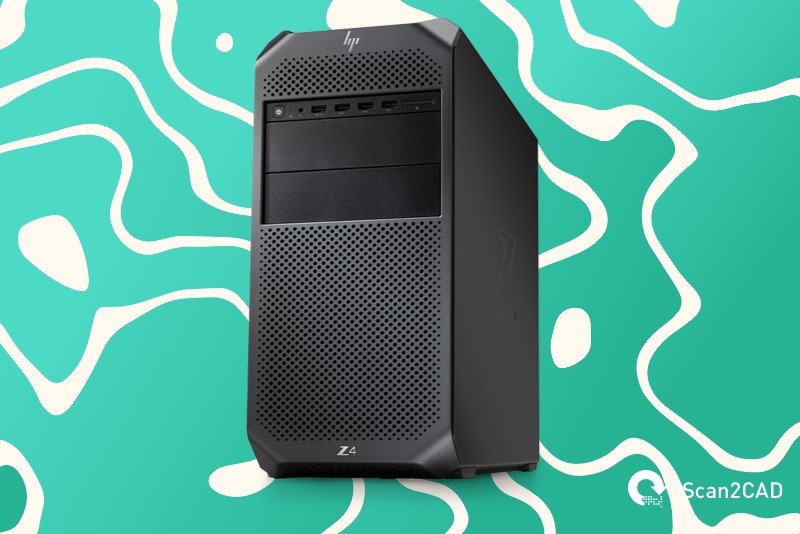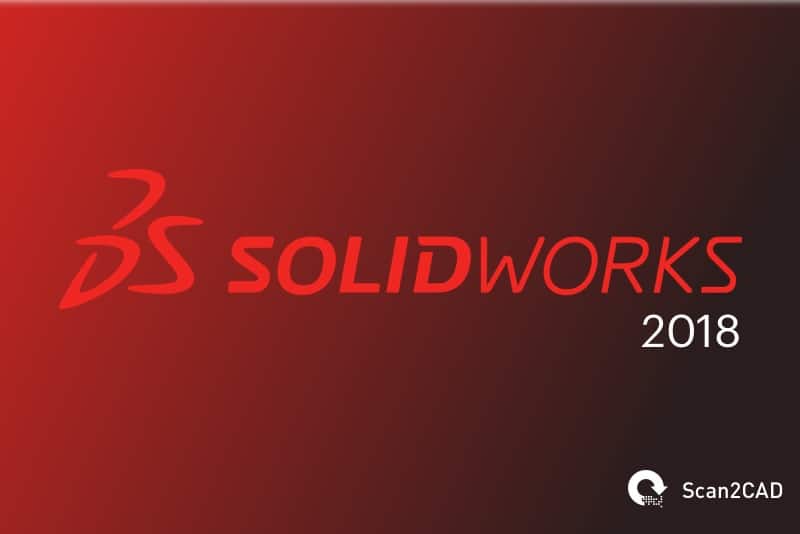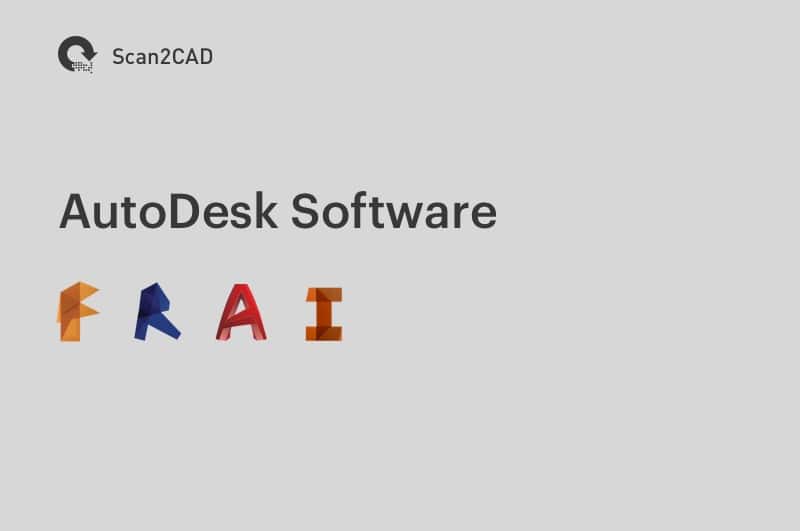Welcome to the seventeenth edition of World of CAD, Scan2CAD’s monthly roundup of CAD-related news. In this month, we’ll be covering some exciting hardware developments, including a new workstation-focused CPU from Intel. Meanwhile, if you’re looking at getting a new machine for CAD, you should definitely check out the new line of workstations from HP.
In software news, ANSYS have released Discovery Live, a tool which makes simulation interactive and immediate. Finally, we’ll look at Ford‘s innovative new vehicle design process, which incorporates cutting-edge AR technology from Microsoft alongside traditional techniques. Read on for all the top stories in CAD this September!
Intel releases a new CPU targeted at workstations
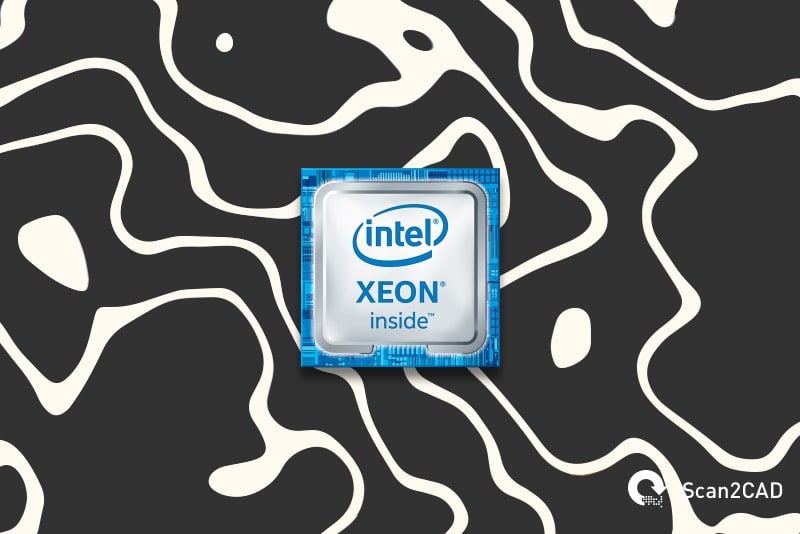
The latest range of workstation-focused processors from Intel. Image: Composite, Scan2CAD & Intel
Anyone working with CAD from day to day can attest to the fact that it can be rather CPU-intensive. This means that any serious CAD user needs a workstation that can cope with the demands of CAD. For decades, most have turned to Intel, with the company’s Xeon class of processors featuring in workstations the world over. Hoping to continue this run of dominance, Intel has just released its latest line of Xeon processors: Xeon W.
As with all processors in the Xeon line, the new W processor is targeted towards workstations—including CAD users. However, the Xeon W features a significant step forward in terms of CPU architecture when compared to other processors in its class. This is because it features Intel’s Skylake architecture, which offers significant increases in performance than the previous Haswell architecture. As such, Jon Peddie found that the new Xeon W can achieve 87% more performance than an Intel Xeon E5 chip.
The increase in performance helps users complete designs faster—but it also allows them to do more. Designers can take advantage of the chip’s up to 18 cores and 36 threads to create models with incredibly fine levels of detail. This opens the door for lighter, more durable, and more efficient parts, products, and structures. Visit Intel for the full details on Xeon W, and check out our guide to building the ultimate CAD PC to learn what you should be looking out for when creating your own custom workstation.
HP’s new workstations for VR and machine learning
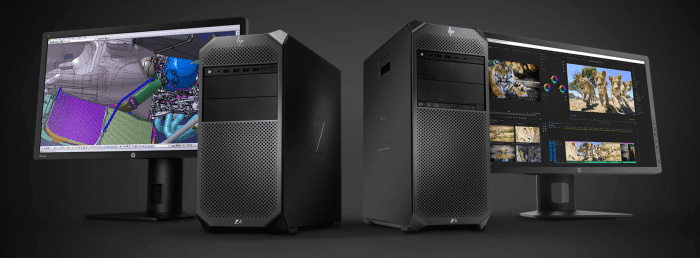
HP Z4 and Z6. Image source: HP
Here at Scan2CAD, we’ve kept a close eye on HP’s recent releases of new CAD-focused workstations, including the Z2 Mini and ZBook line. This month saw HP unveil three new models: Z4, Z6 and Z8. The new Z line models feature a strong focus on security, and include the world’s first self-healing BIOS: SureStart. They also include up to four authentication tools for login, hardware-based encryption, and Secure Erase features.
However, the new workstations aren’t just safe—they’re also powerful. In fact, HP markets the high-end Z8 workstation as “the world’s most powerful workstation”. With its mammoth 56 cores, 3 TB of memory and 48 TB of storage, it’s a claim that’s hard to dispute. The target audience for the model are true power users: visual effects artists who need to edit 8K video and run 3D simulations, for example. Prices start at $2,439, but it’s worth noting that these machines are also incredibly customizable. Completing the machine with high-end components can lead to costs spiralling to tens of thousands of dollars.
For those looking for more affordable options, $1,919 will get you the Z6, which also has a focus on VFX. Meanwhile, the Z4 replaces HP’s best-selling workstation, the Z440, and is the cheapest of the three, starting at $1,249. All models are certified for popular CAD programs, including Dassault Systèmes’ CATIA and Autodesk’s Maya and Revit—check out our comparison of Autodesk software for details.
However, this only scratches the surface. With increased power comes increased possibilities, and the potential is there for these workstations to be used for virtual reality, machine learning, and generative design. There’s plenty of exciting developments here—check out HP for more details.
Real-time simulation software from ANSYS
Simulation tools are invaluable for designers. By showing how forces, fluid dynamics, and other factors impact upon a design, they enable designers to make smarter choices and avoid unnecessary prototyping. However, simulation software isn’t always the easiest to work with. Notably, it has typically lacked interactivity. This means that users have had to go back and forth between design and simulation in a trial-and-error process. Not the most efficient solution.
Now, all of that could be about to change, thanks to software development firm ANSYS. This month, the company previewed Discovery Live, a tool which combines design and simulation. With Discovery Live, users can view the impact of any design change instantly. Simply make a change directly on a 3D model, and your simulation will change responsively.
As well as viewing changes in stress and deflection as you make iterations, the software also includes Interactive Geometry. This feature gives you the ability to explore thousands of design options, providing you with immediate and invaluable feedback and helping you create better designs.
Discovery Live is an intuitive, easy-to-use tool with the potential to dramatically speed up the design process. It supports fluids, structural and thermal simulation applications, and allows users to quickly and interactively view the impact of both simple and complex design changes. Check out the overview video above to learn more, or visit ANSYS.
Update: as of May 2018, ANSYS 19.1 has been released.
Ford steps up use of AR in vehicle design
Imagine if you had the ability to instantly edit a product or part—in real life. Right now, that might still be a pipe dream, but Ford have come as close as we can realistically imagine. That’s because they’re now incorporating augmented reality into their vehicle design process.
Using Microsoft’s HoloLens headsets, engineers can look at a physical model of a car and then overlay it with a CAD hologram. This means that they can instantly see how their vehicle would look after making certain changes—such as changing the shape of a headlight. It’s not a completely sci-fi prospect, however: Ford are combining this new technology with traditional techniques, such as clay modeling.
You may, however, be wondering why Ford would opt for augmented design technology—especially given the $5,000 price tag for some headsets. The answer is simple: AR gives designers a clear idea of how a vehicle will look in real life, without the need to create a full-scale CAD model or, worse, a physical prototype. Any Ford engineer in the world could connect to this same image, meaning that designers in different locations (or even continents) could view the same changes as they’re being made. This could, in turn, dramatically speed up decision-making times whilst giving designers scope for unbridled creativity.
Learn more about the exciting new AR developments by visiting the Ford newsroom.

